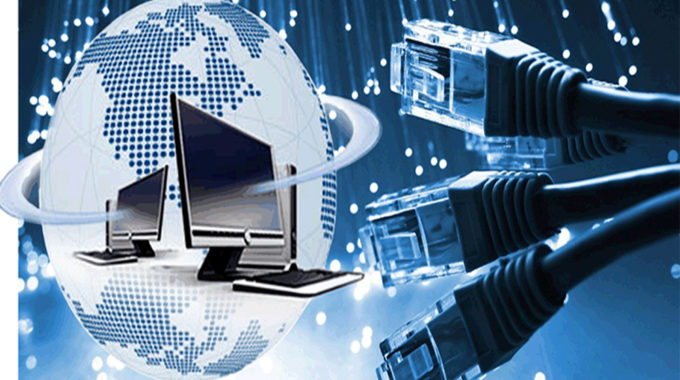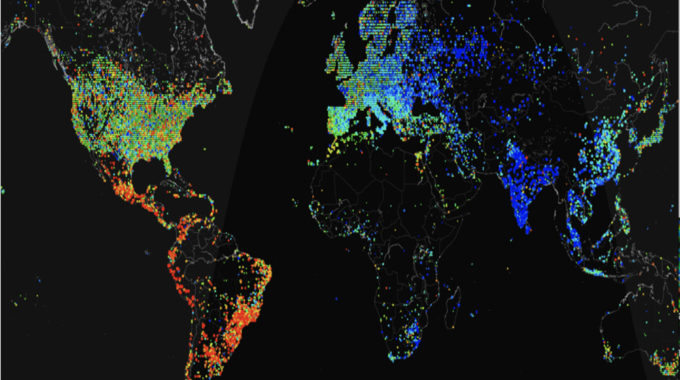Computer Network Technology
What is a computer network? A computer network is a set of computers, printers, and other devices that are connected to each other to share information and move data through cables. Many users can print with the same printer or use the same software at the same time. Computers that store primary data and act as data centers are called Servers, while computers that are connected to networks and retrieve data from Servers are called Workstations.
Various Networks
1. Local Area Network (LAN) A network that is limited by a small area usually used by a small office in a building or school. Usually not far from 1 km square. Most LANs use cables and LAN cards to connect one computer to another. Each computer that is connected to a LAN has a different Internet Protocol Address. Usually abbreviated as IP Address. LAN can also be set up through Wireless …












